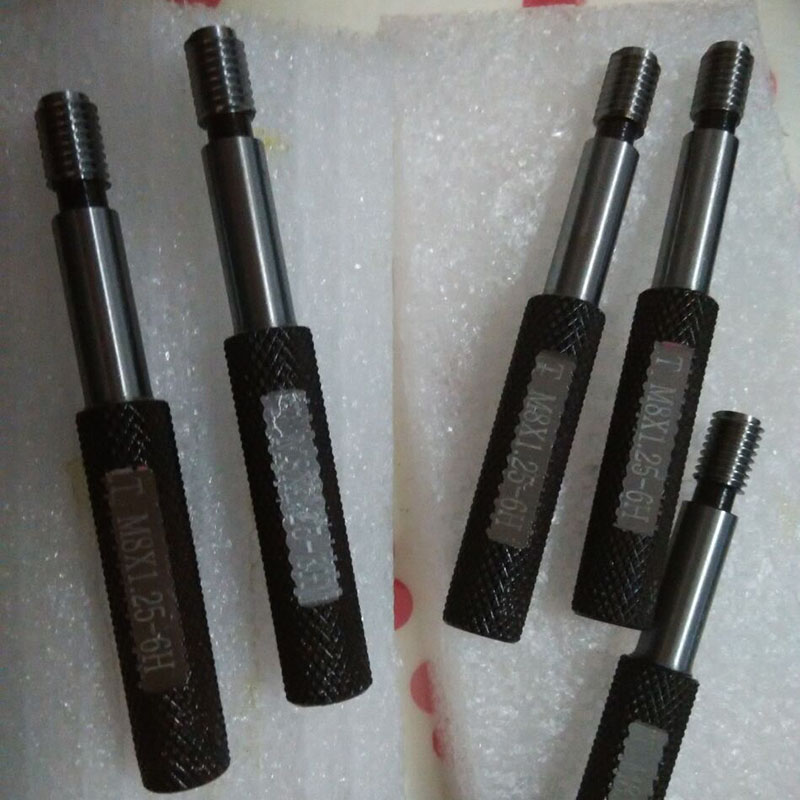11월 . 12, 2024 20:24 Back to list
control valve
Understanding Control Valves The Heart of Process Control
Control valves are essential components in various industrial processes, playing a crucial role in regulating fluid flow, pressure, temperature, and other parameters. By automatically adjusting the size of the flow passage, they help maintain the desired conditions within a system, ultimately influencing the efficiency and safety of the operation. This article explores the fundamentals of control valves, their types, functions, and significance in process control systems.
What is a Control Valve?
A control valve is a device that modulates the flow of a fluid (liquid, gas, or steam) to ensure that the system operates at specified conditions. It consists of several key parts the valve body, actuator, positioner, and flow element. The actuator is responsible for moving the valve stem, which opens or closes the valve to adjust the flow rate as dictated by a control signal. This signal is typically provided by a process controller, which continuously monitors the system parameters.
Types of Control Valves
Control valves come in various designs to suit different applications. Some of the most common types include
1. Globe Valves Known for their good throttling ability, globe valves are excellent for precise flow regulation. They consist of a spherical body that allows flow to be controlled through a movable disk or plug.
2. Ball Valves These valves use a spherical disc to control flow. When the ball is rotated, the hole through the ball either allows flow or blocks it. While they are typically used for on/off control, they can also handle throttling duties effectively.
3. Butterfly Valves Featuring a rotating disc, butterfly valves are lightweight and compact, making them suitable for large flow applications. They provide quick shut-off and are efficient for large-scale systems.
4. Gate Valves Primarily used for on/off control, gate valves operate by raising or lowering a gate within the valve body. They are not ideal for throttling but excel in minimizing pressure drop when fully open.
control valve

5. Check Valves These valves allow flow in one direction and prevent backflow. Their primary purpose isn’t flow regulation but rather system protection.
How Control Valves Work
Control valves operate based on feedback from the process they are controlling. The process variable (PV) is measured using sensors, which send signals to the controller. The controller compares the PV to a desired set point (SP) and calculates the necessary adjustments to keep the process stable. This results in a control signal that commands the valve actuator to either open or close the valve accordingly.
The dynamic operation of control valves is critical in maintaining process stability. For example, in a chemical reactor, the temperature and pressure must be kept within certain limits to ensure safe and efficient reactions. By precisely controlling the flow of reactants, control valves help maintain these conditions, preventing any hazardous situations.
The Importance of Control Valves
Control valves are integral to a wide range of industries, including oil and gas, chemical manufacturing, water treatment, and pharmaceuticals. Their impact on process efficiency cannot be overstated. Well-functioning control valves help enhance system performance, reduce energy consumption, and minimize waste.
Moreover, the reliability and accuracy of control valves contribute to the overall safety of industrial operations. Malfunctioning valves can lead to system failures, resulting in environmental hazards, equipment damage, or even catastrophic accidents. Therefore, regular maintenance and upgrading of control valve systems are crucial for optimal performance and safety.
Conclusion
In summary, control valves are vital components in process control, enabling industries to regulate various parameters effectively. Their diverse types and operational mechanisms make them indispensable in maintaining system efficiency, safety, and reliability. As technology advances, so too does the design and functionality of control valves, paving the way for smarter and more efficient industrial processes. Understanding their importance and maintaining them properly can significantly impact an organization's operational success. Whether in chemical processing, water management, or any other field relying on fluid dynamics, control valves are the unsung heroes that keep processes running smoothly.
-
Why Metric Trapezoidal Thread is Ideal for Precision Motion ControlNewsAug.05,2025
-
The Unique Properties of a Block of Granite for Industrial UseNewsAug.05,2025
-
The Role of Flanged Y Strainers in Preventing Pipeline ClogsNewsAug.05,2025
-
The Importance of Regular Calibration for Master Ring GagesNewsAug.05,2025
-
How a Cast Iron Surface Table Enhances Accuracy in ManufacturingNewsAug.05,2025
-
Comparing Different Check Valve Types for Optimal Flow ControlNewsAug.05,2025
Related PRODUCTS









